“My Policeman” used star power to promote a movie with a stagnant plot and unnecessary glorification of the anti-LGBTQ+ violence from the 1950s.
“My Policeman,” directed by Michael Grandage, was released Oct. 21 and is based off of Bethan Roberts’ book by the same title. The film flashes back and forth between the past and the present explaining the love affair between the characters Tom Burgess and Patrick Hazlewood along with the complications of marriage and homophobia.
The film was sought out to be revolutionary for the queer community, but it did not deliver. While it lacks in various areas, the cinematography makes the film worthwhile. The filming took place in iconic locations in England and Italy such as Brighton, London and Venice, and the vivid scenery associated with these sites did not disappoint. The different shots and their color schemes served to portray the ups and downs of the time.
However, after adding on names such as Harry Styles and Emma Corrin, anticipation for “My Policeman” grew, but ultimately it lacked the star lust people expected. Harry Styles’ acting career is a whirlwind of surface level roles with no effort needed, and “My Policeman” offered him the opportunity to show emotional depth and understanding, but the movie had no standout performances.
Aside from the mediocre performances, the plot did these actors no favors. The plot had little to no movement and scenes became confusing. There was no distinction between the past and the present, and for a majority of the movie, it is hard to understand how the two timelines connected.
The movie’s most engaging scenes were either based around sex or LBGTQ+ hate crimes. The sexual scenes between Tom and Patrick offered little to no emotional range and at times drew at greyness of consent. The scenes highlighting the rampant homophobia of the 1950s offered no repercussions for the perpetrators and no emphasis on the immorality of those acts. These two aspects combined twist and misrepresent the beauty and complexity of LGBTQ+ people and their relationships.
The film offered no time for the audience to digest the different shifts within the plot. It even begins to become off-putting as it shifts between questionable sex scenes to brutal hate crimes. The film greatly capitalized off of graphic sex scenes and trauma porn, causing the film to be difficult to get through.
The film is clearly a representation of the LGBTQ+ community made for heterosexuals. It offers fetishization and uses LGBTQ+ struggle for plain entertainment.
“My Policeman” had the opportunity to align itself with fellow iconic queer period pieces, such as “Portrait of a Lady on Fire” and “The Handmaiden,” but it failed. “My Policeman” is a superficial portrayal of queerness and lacked the performances needed for a film with such meticulous themes.
Karyme Flores can be reached via email at kflores22@twu.edu.

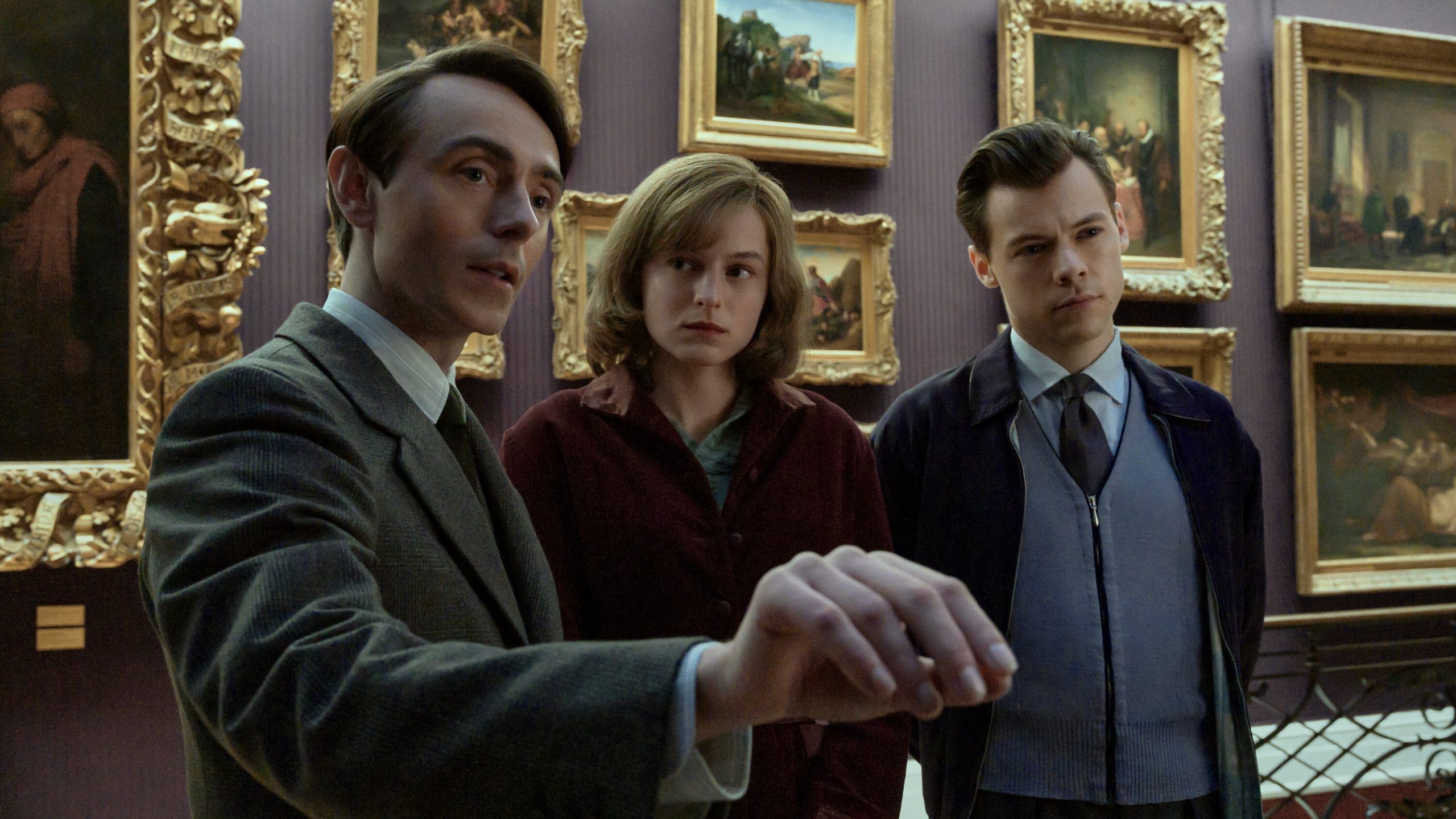
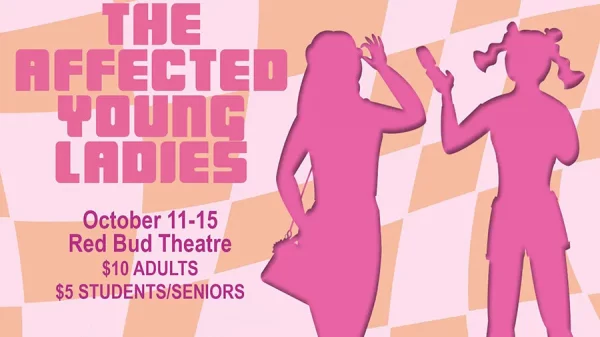
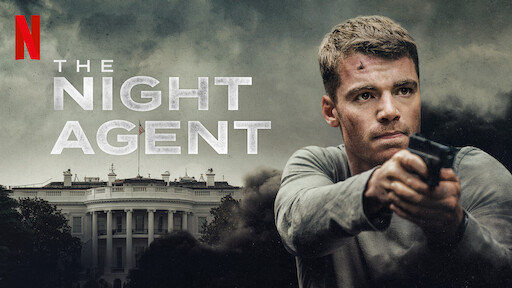
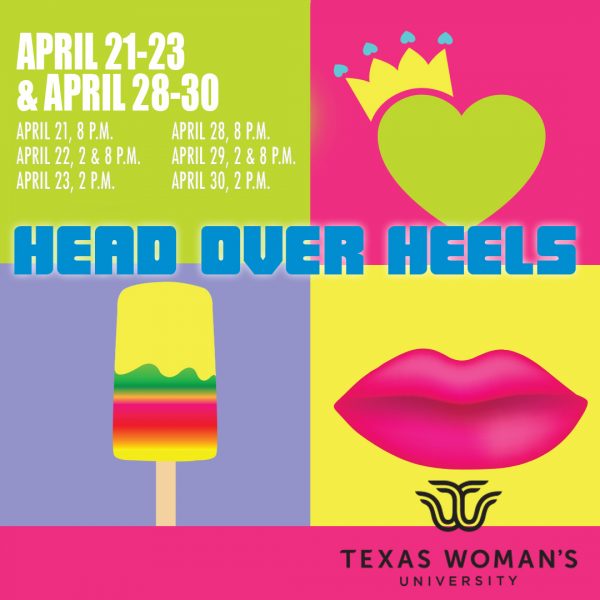
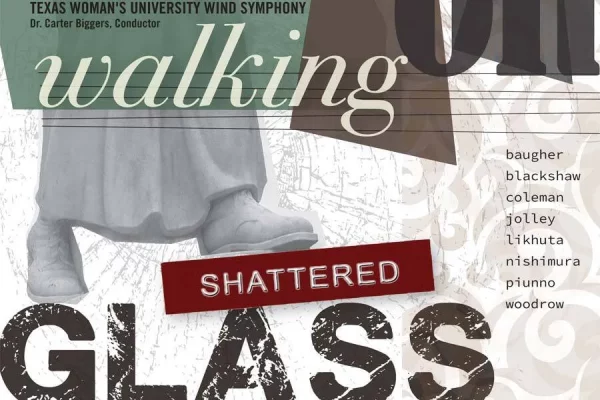

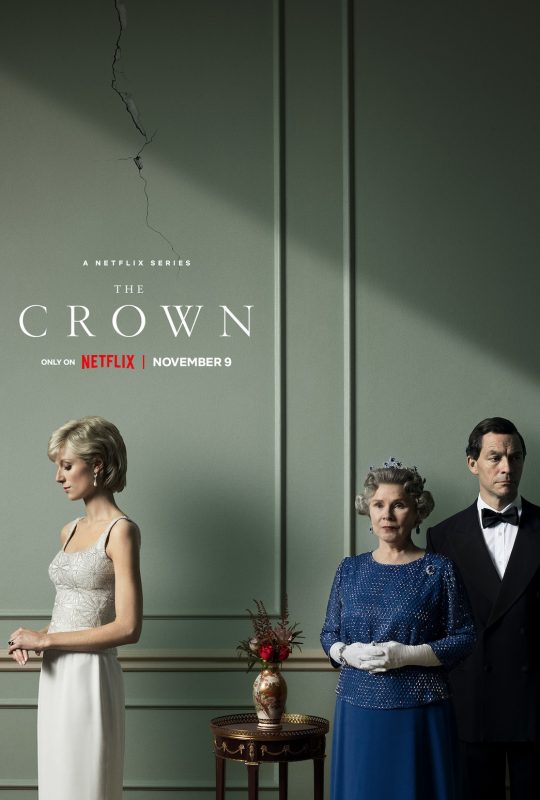
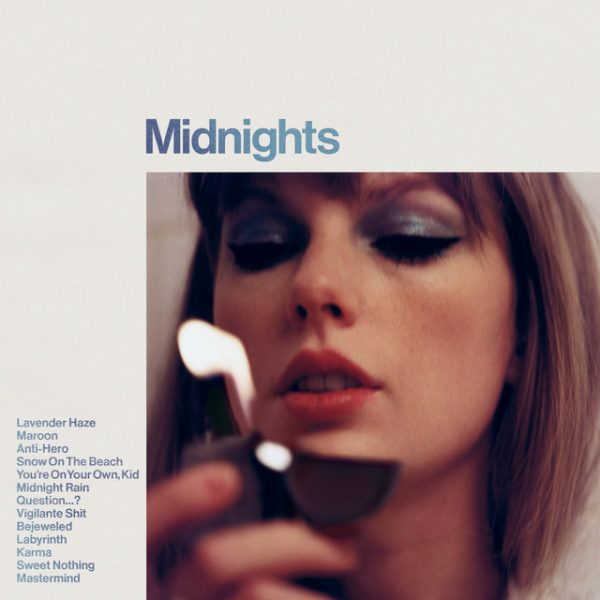
Two scenes showing the reality of violence, living as a homosexual in 1950s England is “glorification?” Okay.
You must have seen an entirely different film than I did, because I saw a gorgeously shot, beautifully acted, absolutely perfect film that did not take me out of the story for a second. The chemistry between Styles and Dawson was amazing. Corrin and McKee did an excellent job riding the tense line of dismay and disgust, and finally, acceptance.
Student reviews are often awful because you seem to seek to say something “big” instead of actually reviewing that subject at hand.
Wrong.
“Plain entertainment”.
“Glorification” .
“Made for heterosexuals”
These are bold claims made for a film meant to bring awareness to the tragedies inflicted within the LGBTQ+ community in the 1950s. This movie was not made for the heterosexuals as it makes them uncomfortable. “ Plain entertainment” is far from an actual description of the film, it’s meant to show the hardships, secrecy, and even dangers that they faced. What may seem as a “superficial portrayal of queerness”, is a reality to many today.
You said “the plot had little to no movement and scenes became confusing” but then mention that the film offers no time for the “audience to digest the different shift within the plot”. So I was a bit confused since it is contradicting.
Tears, empathy, and pain for those struggling today and in the past are few of the feelings invoked by the film. Hated towards the actors does not change the message brought to us, the audience, by the book and the film.
What an absolutely parlous review of a good and thoughtful film. The reality of 1950s Britain is that it was violent towards gay men – this is shown realistically in the film. It doesn’t glorify violence in any way. And of course the perpetrators aren’t punished because the perpetrator is the state and the law itself. The performances by the cast were delicate and nuanced, and personally I think Styles did an excellent job opposite Dawson, who was particularly outstanding in the ensemble. Nor was this film with a gay director and largely gay and queer main cast made ‘for heterosexuals’. It strikes me that this reviewer needs to see a lot more movies, and possibly a lot more of the world, before hitting the keyboard again.